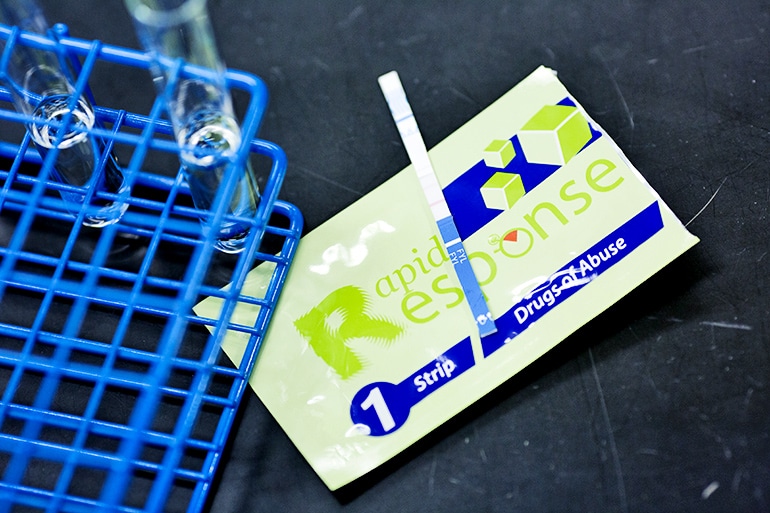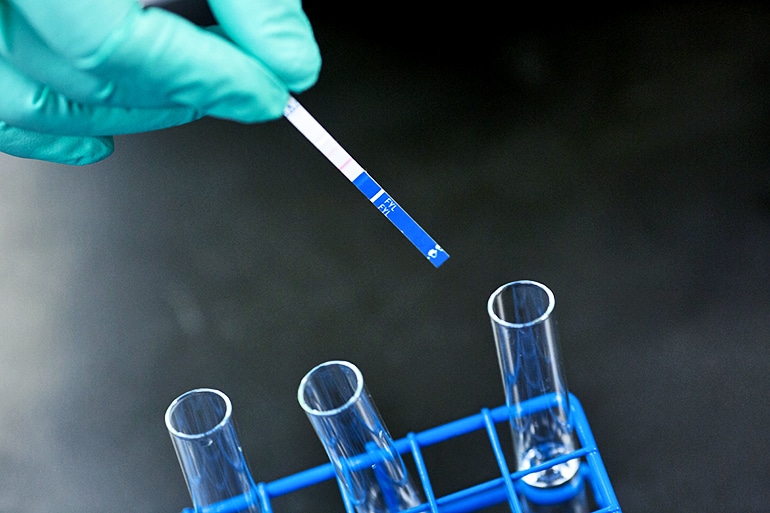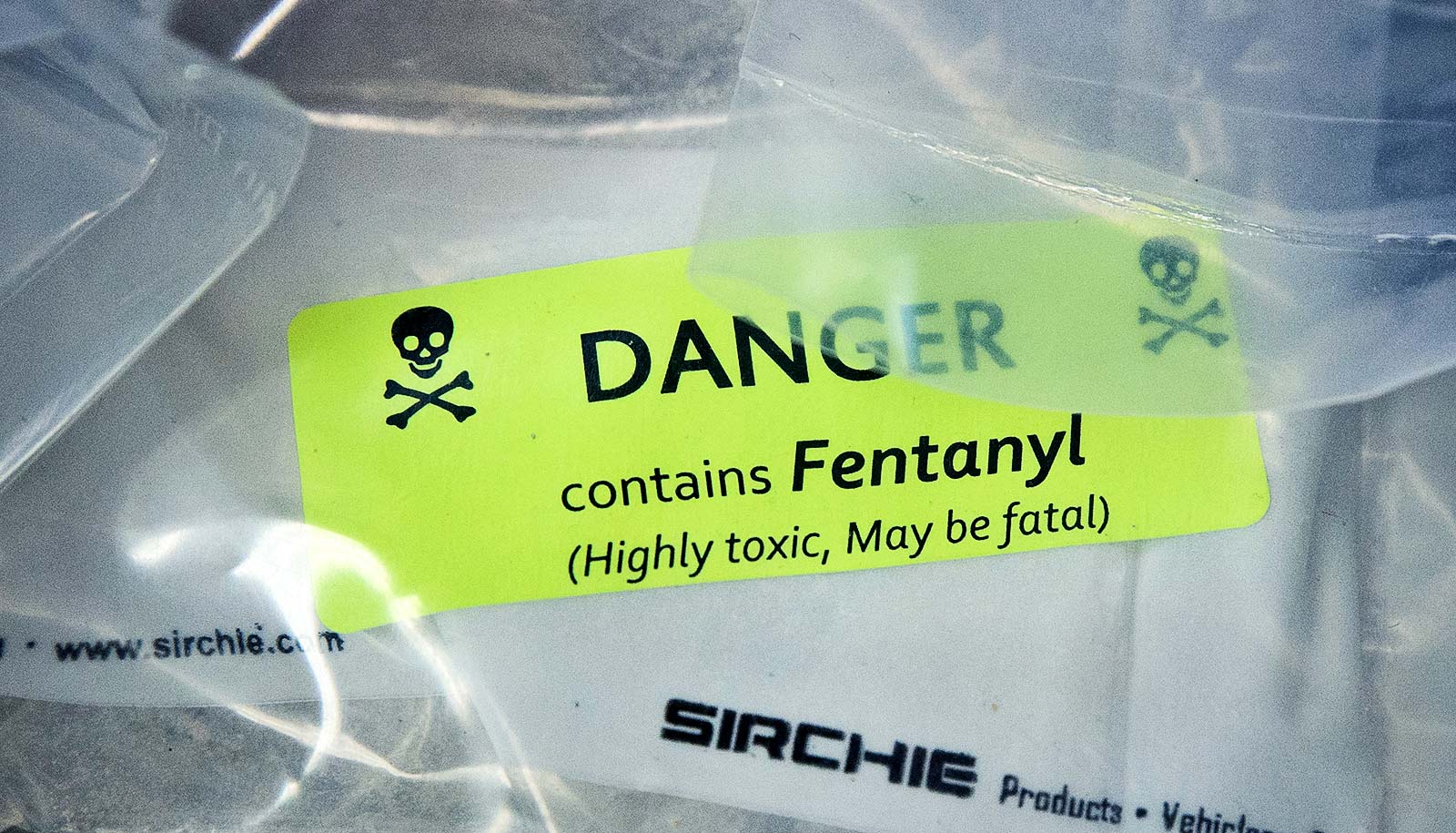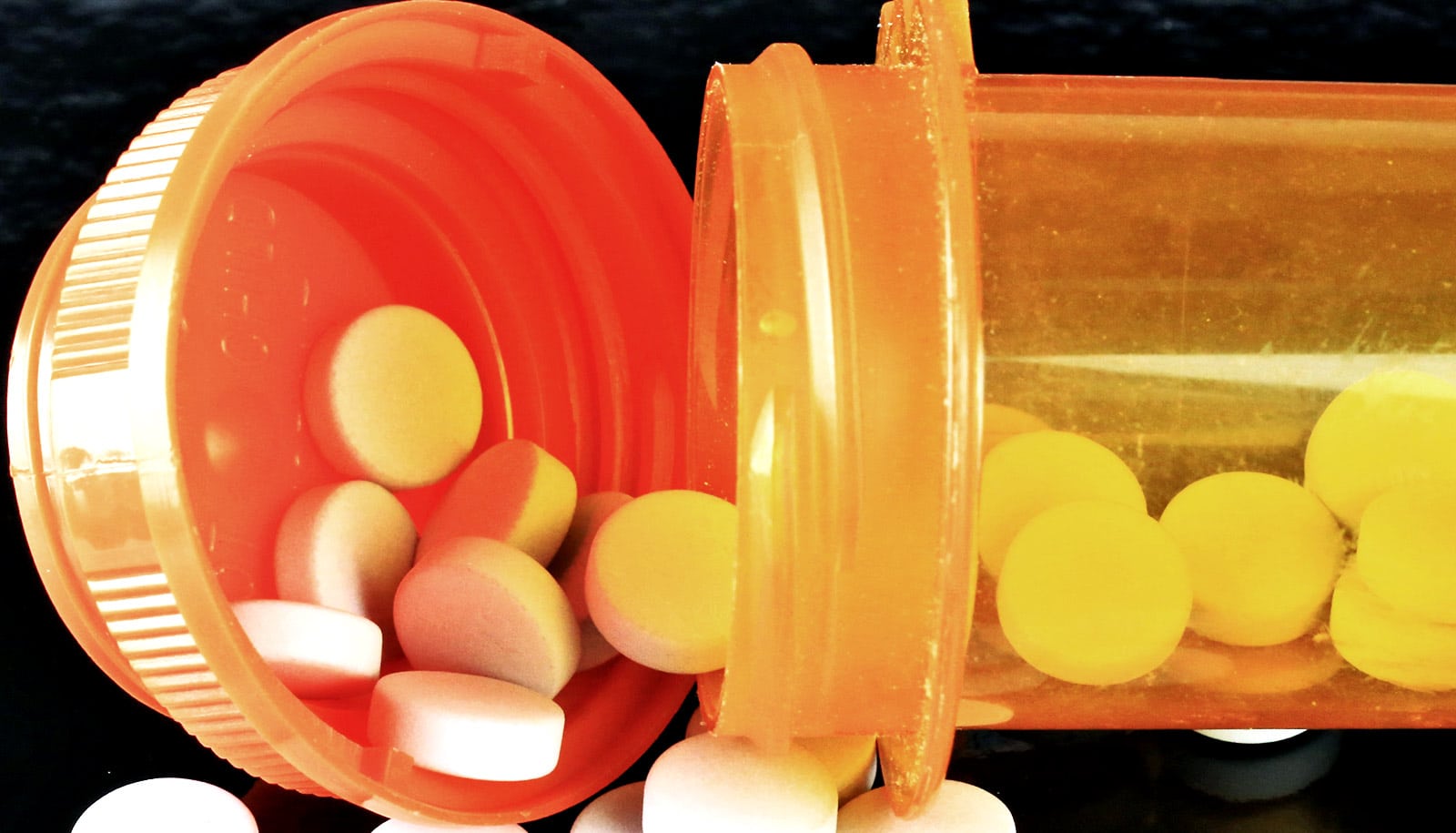Low-price test strips that accurately detect fentanyl in street drugs could potentially help opioid abusers avoid fatal overdoses, a new study shows.
The cost of the strips is about $1 each.
“We are at a pivotal moment in the overdose epidemic, and we need to embrace the full range of interventions that can save lives,” says Susan Sherman, professor of health, behavior, and society at Johns Hopkins University. “Our findings bring to the table evidence that can inform a public health approach to the fentanyl crisis. Smart strategies that reduce harm can save lives.”

Fentanyl is one of the most potent forms of opioid, a class of drug that also includes heroin, morphine, and some prescription pain relievers. In recent years, fentanyl has often been laced into street drugs and sold to users as something else. The deception makes it difficult for buyers to know the potency of their drugs and, therefore, the potential for overdoses.
In 2016, overdoses claimed more than 64,000 lives in the United States, and indications are that the 2017 numbers will be even larger. Fentanyl, a synthetic opioid that is 50 to 100 times more potent than morphine, is the primary cause of the rapid increase in overdose deaths, and responsible for approximately 20,000 of the 2016 overdose deaths.
Fentanyl and its associated analogues have been found mixed with heroin and cocaine, and even in counterfeit prescription drugs.

Researchers conducted their study in three phases. First, they assessed the ability of three drug-checking technologies to detect fentanyl in street drug samples. In addition to the strip tests, the study assessed machines that use Raman spectroscopy and Fourier-transform infrared spectroscopy.
The tests took place in lab settings and compared results from all three technologies to those from a gas chromatograph/mass spectrometer. For each technology, the lab testing checked the ability to detect fentanyl, the lowest concentration that could be detected, and the ability to determine when a sample had no fentanyl. They used street drug samples provided by the Baltimore and Providence police departments.
Heroin users want to avoid fentanyl but can’t
The test strips had the lowest detection limit and the highest rates of sensitivity and specificity.
In the study’s second phase, researchers surveyed 335 people who use drugs in Baltimore, Providence, and Boston; 84 percent were concerned that the drugs they use contain fentanyl, and only about one in four stated a preference for drugs with fentanyl.
Survey participants generally felt that drug checking is important for overdose prevention; 89 percent said checking would make them feel better about protecting themselves from overdose. Seventy percent said knowing drugs contained fentanyl would change their behavior. They might not use the drugs, might use them more slowly, might use the drugs with people who have the naloxone overdose antidote, or might change their drug-buying behaviors.
The study’s third phase consisted of interviews with 32 key people from organizations that work with drug users. The interviewees overwhelmingly supported drug checking, to provide users with information to keep themselves safe and to provide another potential point of engagement to help those people access services. They also had questions, however, about the logistics and legality of a drug-checking program.
To fight the opioid epidemic, take drug makers to court?
Sherman worked on the study with Traci Green, senior research scientist at Rhode Island Hospital and associate professor of emergency medicine and epidemiology at Brown University.
The Bloomberg American Health Initiative supported the study. Results were released in advance of journal publication because of the urgency of the fentanyl overdose crisis, the researchers say.
Source: Johns Hopkins University



